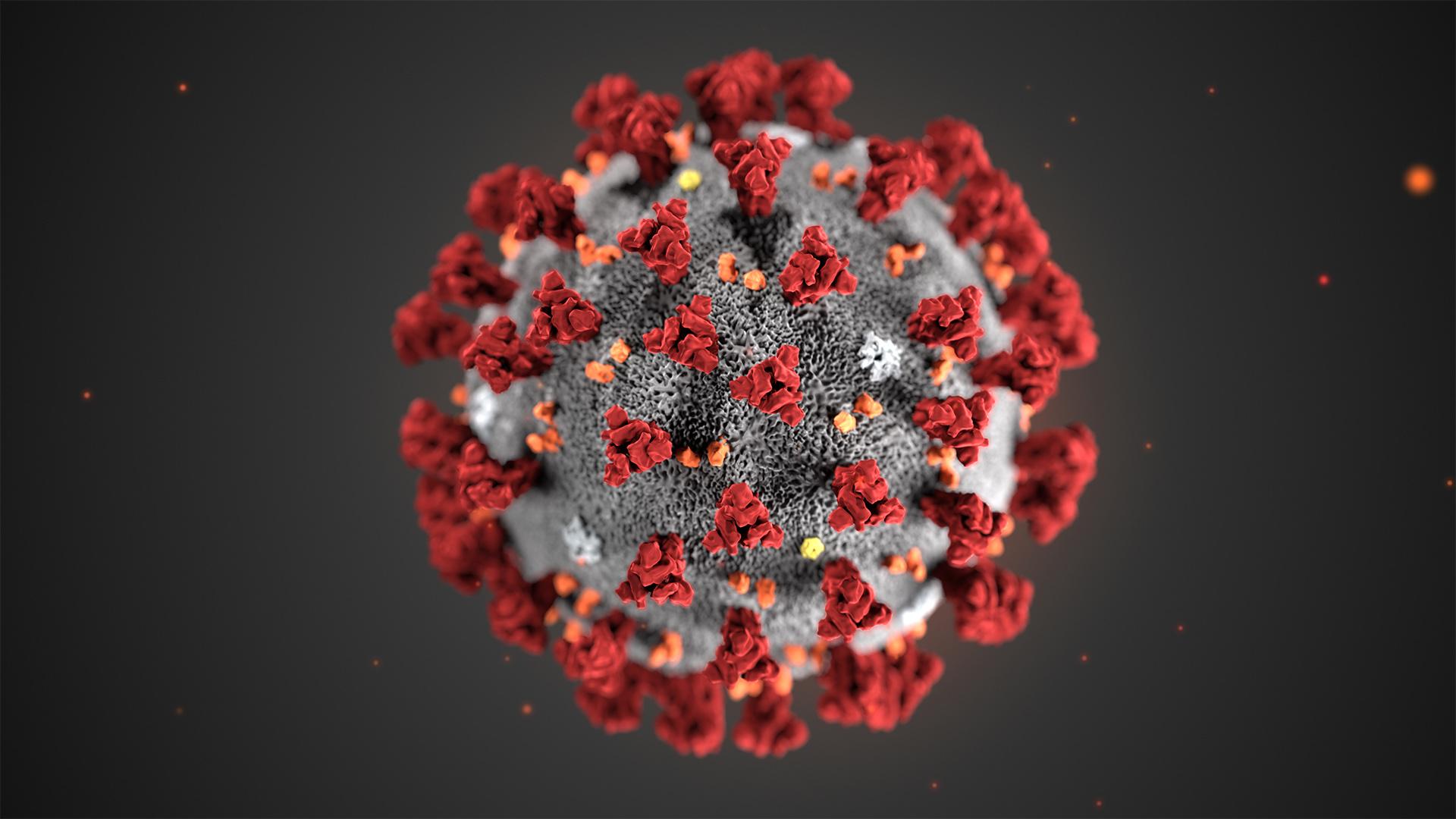It’s time for another installment of of our special series COVID-19 Update, bringing you the latest developments on the novel coronavirus outbreak that public health authorities here and across the country are working to mitigate.
United States
As of mid-July 2022, the BA.4 and BA.5 Omicron variants of the Covid-19 virus, which are almost as infectious as standard Measles, are the dominant variants of the virus within the United States. The BA.5 variant in particular is driving up the number of infections and re-infections.
On Tuesday, July 12th, the Biden administration announced a plan which focuses on educating the public about the much easier transmissibility of the BA.5 variant, increasing awareness of lifesaving treatments, and increasing access to masks, tests, vaccines and boosters. This can be considered in some respects a further reinforcement of their existing Test to Treat program.
One area where increased awareness is necessary is with regard to Paxlovid, an antiviral pill which has become a primary means of treatment after being infected (as opposed to vaccines and boosters, which build immunity and minimize the impact of the virus if one is infected). While quite effective at reducing the need of hospitalization for those infected with the COVID-19 virus, Paxlovid has been blamed for such issues as a “rebound effect” of symptoms, which may in fact be a natural occurrence for some people when dealing with the disease, regardless of whether they have been taking Paxlovid or not. There have also been recent issues regarding incorrect self-administration and dispensing through pharmacists.
Washington
Washington state public health officials are asking parents to keep their children and teenagers safe from Covid-19 this summer. While the number of cases appear to be in decline among both groups, cases are often unreported as generally milder symptoms than in the past for most of those infected, and the prevalence of home testing, are both increasingly commonplace.
Even with fewer reported cases in general, seven counties in the state are currently listed as “high risk” for COVID-19. Under this risk level, the Centers for Disease Control and Prevention recommend community members wear masks in indoor public settings and other preventative measures such as being fully vaccinated against the virus. This list presently includes Clark, Grays Harbor, Thurston, Grant, Adams, Walla Walla and Spokane counties.
Oregon
Oregon is experiencing a surge in known cases of COVID-19, with fourteen counties currently listed at “high risk” for COVID-19. This includes Multnomah, Washington, Clackamas, Coos, Curry, Josephine, Jackson, Klamath, Lake, Umatilla, Union, Wallowa, Baker and Malheur counties.
Hospitals in Oregon are declaring the first quarter of 2022 to be their worst financial quarter since the start of the COVID-19 pandemic, citing rising costs and full patient loads.
Idaho
As of Tuesday, July 12th, the Idaho Department of Health and Welfare will no longer be providing a map of COVID-19 numbers within the state. You can thereafter find data on COVID-19 risk in Idaho counties through the CDC COVID Data Tracker. Six counties in the state are currently listed as “high risk” for COVID-19 by the CDC. These include Ada, Adams, Boise, Elmore, Gem, Payette and Washington counties.
British Columbia
In the midst of an ongoing third wave of COVID-19 infections, it was announced that new booster shots will be available for anyone twelve years of age and older by September of this year.
The hard, cold numbers (plus vaccinations)
Washington has had 1,692,004 cases and 13,362 attributable deaths.
The state has the forty-sixth worst infection rate among the fifty states, the District of Columbia and Puerto Rico per million in population.
The state has the forty-seventh worst death rate among the fifty states, the District of Columbia and Puerto Rico per million in population.
16,353,785 tests have been recorded.
- Approximate number of doses of vaccine administered: 15,048,112
- Percentage of eligible population fully vaccinated: 82%
- Children between the ages of 12 and 17 fully vaccinated: 74%
- Children between the ages of 5 and 11 fully vaccinated: 37%
Oregon has had 828,442 cases and 7,873 attributable deaths.
The state has the fiftieth worst infection rate among the fifty states, the District of Columbia and Puerto Rico per million in population.
The state has the forty-fifth worst death rate among the fifty states, the District of Columbia and Puerto Rico per million in population.
11,999,720 tests have been recorded.
- Approximate number of doses of vaccine administered: 8,110,542
- Percentage of eligible population fully vaccinated: 79%
- Children between the ages of 12 and 17 fully vaccinated: 64%
- Children between the ages of 5 and 11 fully vaccinated: 33%
Idaho has had 468,973 cases and 4,993 attributable deaths.
The state has the thirty-second worst infection rate among the fifty states, the District of Columbia and Puerto Rico per million in population.
The state has the thirty-fourth worst death rate among the fifty states, the District of Columbia and Puerto Rico per million in population.
3,023,075 tests have been recorded.
- Approximate number of doses of vaccine administered: 2,581,840
- Percentage of eligible population fully vaccinated: 56%
- Children between the ages of 12 and 17 fully vaccinated: 53%
- Children between the ages of 5 and 11 fully vaccinated: 19%
British Columbia has had 375,357 cases and 3,788 attributable deaths.
British Columbia has the thirteenth worst infection rate and the sixth worst death rate among the thirteen Canadian provinces and territories per hundred thousand population. (If it were an American state, it would be fifty-third and fifty-third, respectively, out of fifty-three.)
- Doses of vaccine distributed to the province: 12,910,244
- Doses administered: 12,074,608 (93.5%)
That does it for this installment of COVID-19 Update. Stay safe and well!

